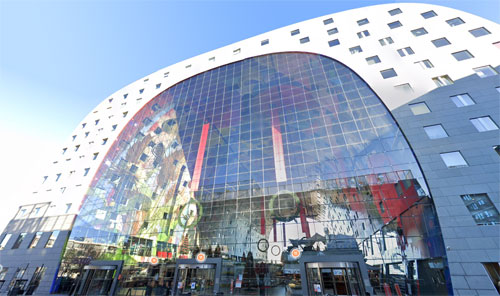A COUNCIL which saw unprecedented protests and a public backlash after approving a fracking proposal has overwhelmingly rejected calls to consider banning the controversial gas extraction process.
A full meeting of North Yorkshire County Council saw a bid by the authority’s Liberal Democrat group to postpone adoption of its joint 2015-2030 Minerals and Waste Plan with City of York Council and the North York Moors National Park Authority for consideration of a ban on fracking.
The group’s leader, Stokesley councillor Bryn Griffiths, said the authority should not be allowing further gas to be extracted and burnt if it was to follow the outcomes of the COP26 climate change summit.
He told the meeting Third Energy’s abandoned fracking operation at Kirby Misperton that the council approved six years ago would have been a high-risk operation as any leaks could have permanently contaminated water aquifers.
Calling for the adoption of the plan to be delayed, Coun Griffiths said: “The subject of fracking is still on the agenda. Lord Frost has just joined a group of Conservative MPs in writing an open letter to Boris Johnson calling for a resumption of fracking in the UK.
“I can’t believe that we as a council are continuing to support the option of fracking in the Local Minerals and Waste Plan.”
Independent group leader Councillor Stuart Parsons said banning fracking across the county in the plan would have been welcomed by the vast majority of residents as well as avoiding the impact of fracking on North Yorkshire’s carbon footprint.
Labour member Liz Colling added: “Fracking is certainly not sustainable and is not a solution to our energy crisis. This is something we should be looking to ban.”
Leading Conservative councillors replied that the Minerals and Waste Plan “struck a balance right down the middle” between environmental interests and those of energy businesses.
They said the plan had followed extensive consultations with a wide variety of groups and that it had been thoroughly tested and had been found to be sound.
Pickering councillor Greg White, whose division includes the former Third Energy fracking site at Kirby Misperton, said while he was against fracking he supported the Minerals and Waste Plan.
He said: “This plan will be the best defence the county could have against inappropriate fracking. If we tried to outlaw fracking it would have been struck down. It would have been a pointless gesture, something the opposition are very good at.
“This plan is the right decision to protect the people of North Yorkshire. Frankly, those people speaking against it should be ashamed of themselves.”
Harrogate councillor Richard Cooper added as Boris Johnson had put a temporary ban on fracking in place, he could not understand why there were calls to place an outright ban on fracking in the county.
He said: “What we are being asked to do is vote for something that is already banned. Why don’t we vote for a ban on child labour in mines as well or anything else that is already illegal?”
The authority’s former leader Councillor John Weighell highlighted how the UK did not have a sustainable energy policy and was reliant on countries such as Russia for gas, so the council had to be very careful before cutting any potential sources of energy.
Ahead of councillors approving the plan’s adoption, he said: “When the gas goes off or the electricity goes off then it is a very different picture. We are in danger of that happening.”
Source: York Press





